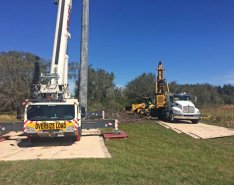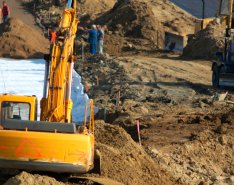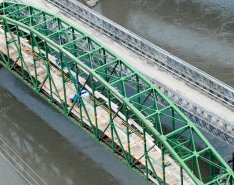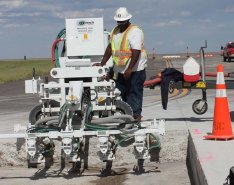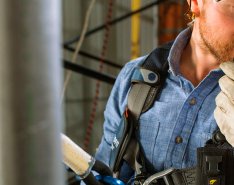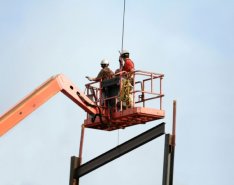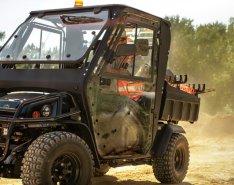Protecting employees & your jobsite from the threat of an active shooter
Safety
Defining expectations & assigning responsibilities
Unlocking roles & expectations to find a force multiplier
Fatal flaws in your active shooter response plan & how to fix them
Protect crews, equipment & the environment with composite matting
How to implement a wellness program to reduce employee heart disease
Evaluating PPE needs to ensure equipment is safe, meets standards & is functional & comfortable
Technologies to save lives & reduce injury & risk in vehicle-related accidents
New solutions for consideration on your infrastructure projects
How Miron Construction keeps workers safe & alert through programs & best practices
Preparation & protection when falling tools become fatal
Project safety starts with a preventive culture; make sure your company has one
15 tips for mastering fall protection & understanding all system components
What your operators should know before using construction equipment
Linking mental health & suicide prevention with a culture of safety
Q&A with USG specialist offers insight into building safer structures
Enhance productivity & create a safer environment for everyone on the jobsite
Ask the Experts: Jobsite Safety
Insights from UL Workplace's Todd Hohn on the new safety standard & how to implement it with your workforce





